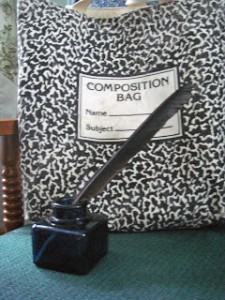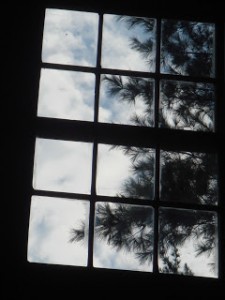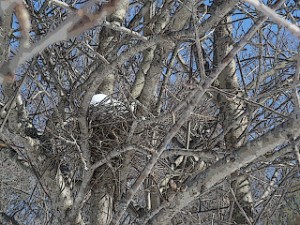
I opened an email a couple of weeks ago and yelped. Yes. I literally yelped. I was alone. No one was at home to share in my excitement. But that was all right.
I yelped again just because yelping felt so darned good. By sending out happy molecules into the atmosphere, I figure I was spreading joy. Sharing the good is always a good thing. Right?
That’s why I’m writing this blog post. This is not about bragging, this blogging. It’s about sharing. It’s about saying, “Hey, I’ve just had one of those moments we all get to have from time to time and I’m dancing in gratitude. Come dance with me.” It’s about being in community. It’s about my belief that if the arts are alive and well anywhere, they’re alive and well everywhere. It’s about knowing that my moment doesn’t stand as an either/or against your moment. We all get to have them. We all get to yelp. We all get to dance. Sometimes all at the same time!
As for my email, it began: “We are writing to tell you that your story, ‘Knowing When,’ has been selected …”
Yelp! … Pause. … Yelp!
After spending hours and hours alone at my desk, there’s going to be publication and then there’s going to be … a party! Let’s hear it for the letter P: pleasure, publication and party. What solitary writer wouldn’t yelp?
Publication doesn’t define me as a writer, of course. It’s not the end-all and be-all of the writing process. The writing process is the end-all and the be-all of the writing process. Process is the essence of the writing life. Finding your way into print – that’s a lovely plus.
I look forward to the fall publication of the book, Summer Stories, a collection inspired by the paintings of Leslie Anderson. I am grateful for the opportunity offered by the collaboration between Maine Writers and Publishers Alliance and Shanti Arts Publishing. I am grateful to Ron Currie, Jr. for selecting my story. And I am grateful that I get to live the writing life.
Fall will come soon enough and I intend to be in every moment of that experience — publishing and partying and all. In the meantime, as the echoes of my yelp fade, I’m back at my desk. My novel’s main character, Margaret Meader, is telling her story and I’m taking it all down. Maybe one day there’ll be a release party for the publication of Otherwise, a novel by Mary Lou Hamilton Bagley. But first, I have to put my seat to the seat and get it all down.
That’s what I do. I write.


